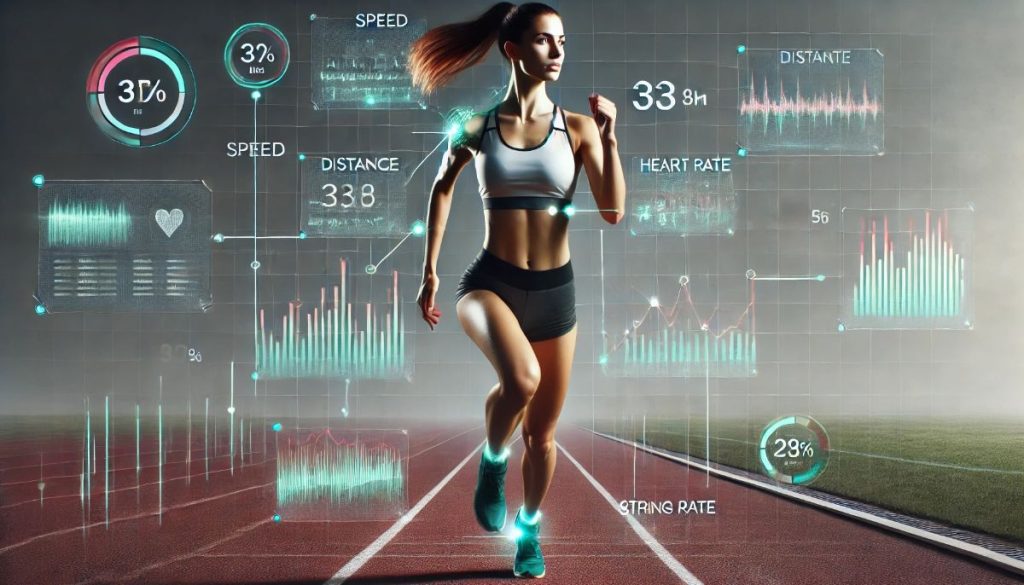Unlock your speed by addressing these overlooked aspects of your running routine.

- Neglecting Recovery Exercises
Skipping activities like foam rolling, dynamic stretching, and low-intensity cross-training can lead to muscle tightness, fatigue, and ultimately, slower times. Recovery is not just about adequate rest; it’s an active process that involves ensuring your muscles are ready to perform at their best for your next run.
How It Works: Hybrid Pilates combines classical and modern Pilates with movement art, choreography, sports and rehab techniques to improve your body’s movement patterns. Imagine incorporating exercises like leg circles or spine stretches into your routine.
Why It Works: Hybrid Pilates is helpful because it also targets the smaller, stabilising muscles that are often neglected in traditional strength training. By improving flexibility and core strength, you reduce muscle tightness and the risk of injury, allowing for a better recovery and performance during your runs.
- Not Using Data to Track Efficiency
If you’re unaware of your running gait efficiency, you might be overusing certain muscle groups while underutilising others.
How It Works: Using wearable analytics technology allows you to track your running efficiency in real time. For example, sensors attached during a run can monitor how effective your running gait is. If the data shows that your stride is too long and causing excessive heal strike and could explain why you tire out quickly, forcing you to slow down. By adjusting your running form—perhaps by altering your stride or focusing on activating your glutes more—you can optimise your muscle usage.
Why It Works: By knowing exactly how efficiently you are running, you can make immediate adjustments to your form. It helps prevent injuries caused by over-reliance on certain muscle groups.
- Fighting Hidden Imbalances
Many runners unknowingly struggle with muscle imbalances or joint misalignments that hinder their performance. If your hips are uneven or your core is weak, your body compensates in ways that make your running stride less efficient and more prone to injury.
How It Works: Our quantum biokinematics and physio-engineering approach are designed to identify and correct these hidden imbalances. For instance, during a running assessment, we might discover that one of your hips drops more than the other during your stride. This could be due to weak gluteal muscles or tight hip flexors. By identifying this imbalance, we can prescribe specific corrective exercises, such as single-leg deadlifts or hip bridges, to strengthen the weaker side and improve overall alignment.
Why It Works: By correcting these imbalances, you create a more balanced, efficient running stride. This means you are closer to running faster and longer with less effort.
- Optimised Recovery
Hybrid pilates and other recovery exercises help your muscles recover faster and stronger, reducing the risk of injury and improving your condition.
- Data-Driven Form Improvement
By using wearable technology to analyse muscle activation, you can adjust your running form in real-time, making every stride slightly more efficient and powerful.
- Balance and Alignment
Addressing hidden imbalances through quantum biokinematics ensures that your body is working as a cohesive unit, improving your speed and reducing the risk of injury.

One challenge you might face when implementing these solutions is the need for specialised equipment and expert guidance.
At Fahrenheit, we provide the necessary tools and support to make these adjustments seamless and effective.
By incorporating targeted recovery exercises, using data to track and optimise your muscle efficiency, and addressing hidden imbalances, you can unlock your full potential as a runner. Book a session with Fahrenheit today and discover how our advanced techniques can help you get closer to your running goals.
